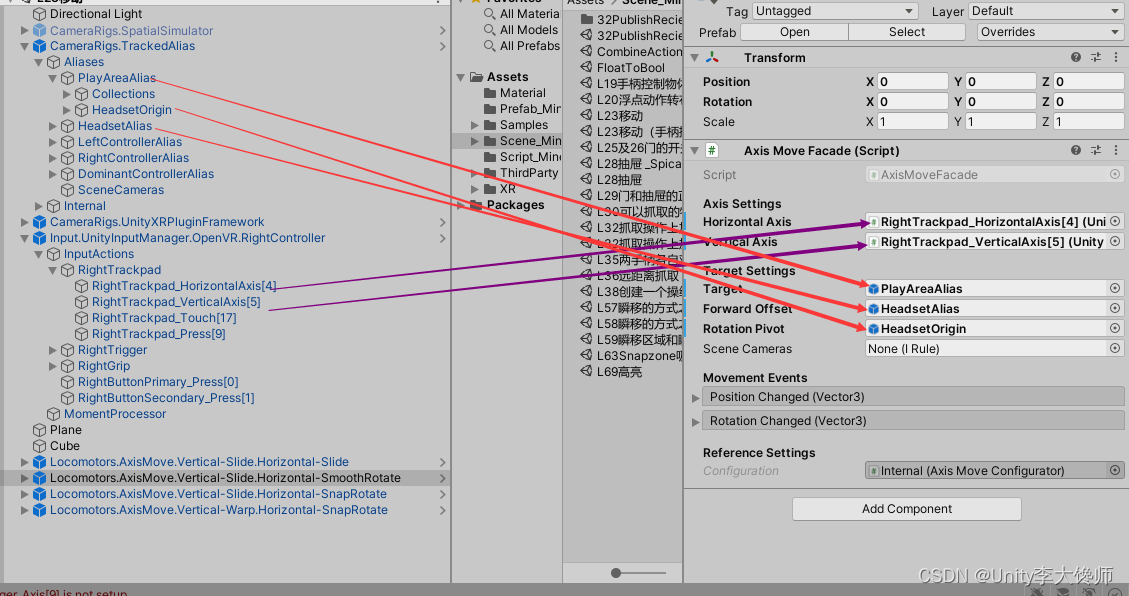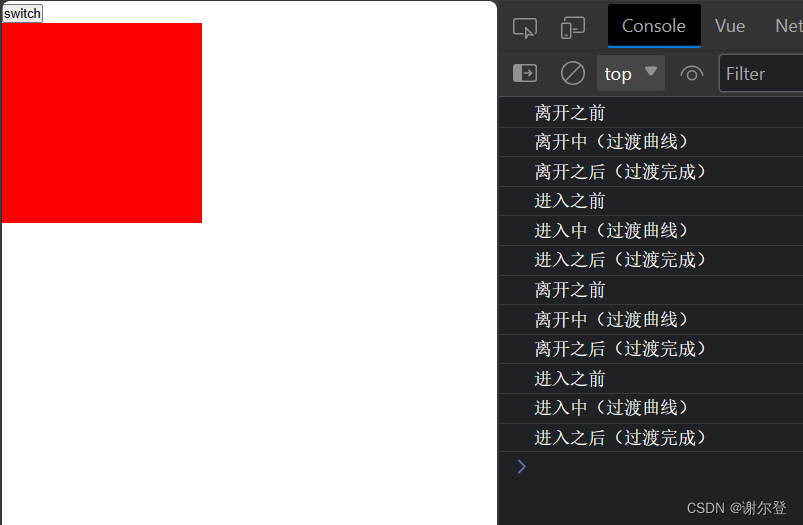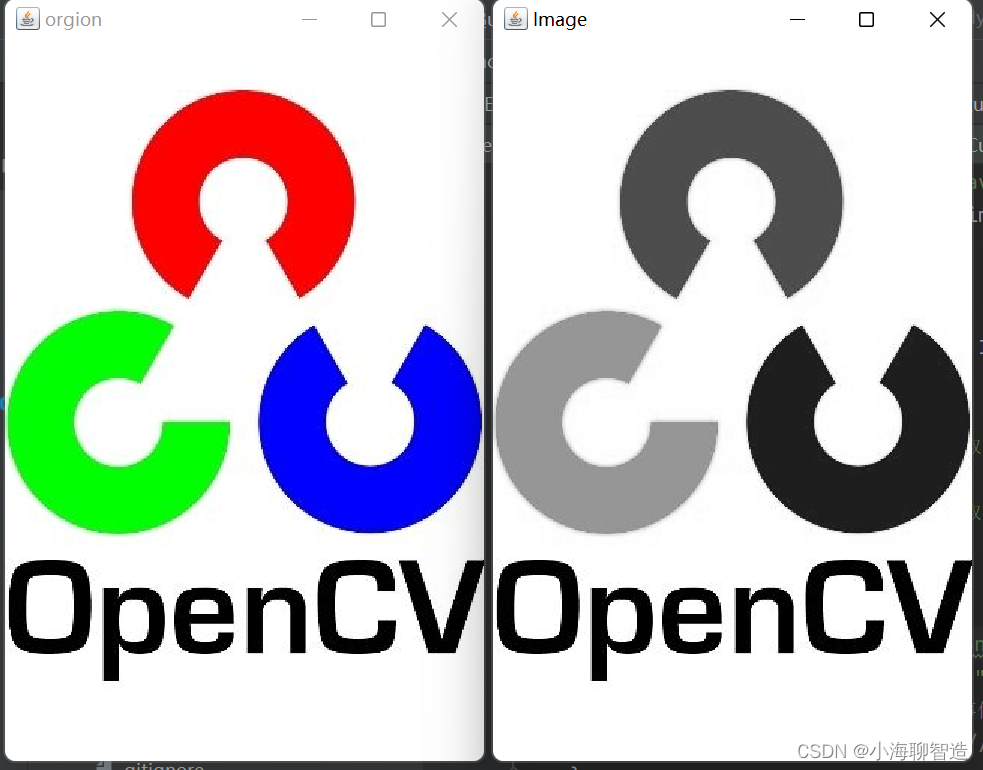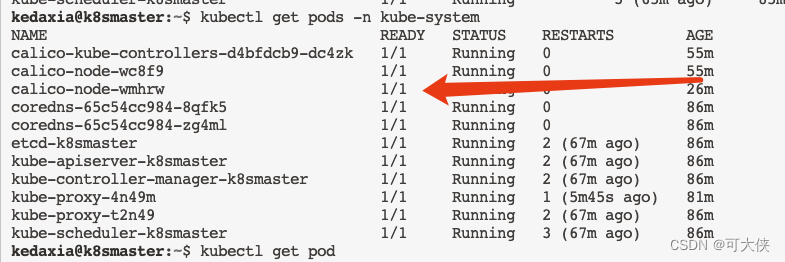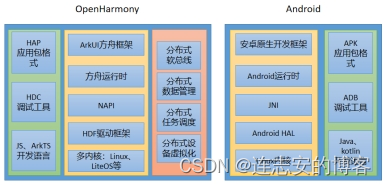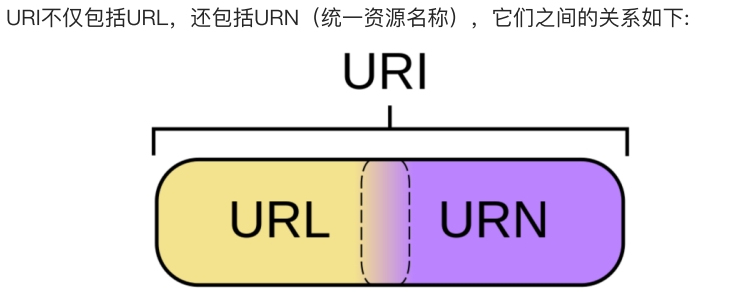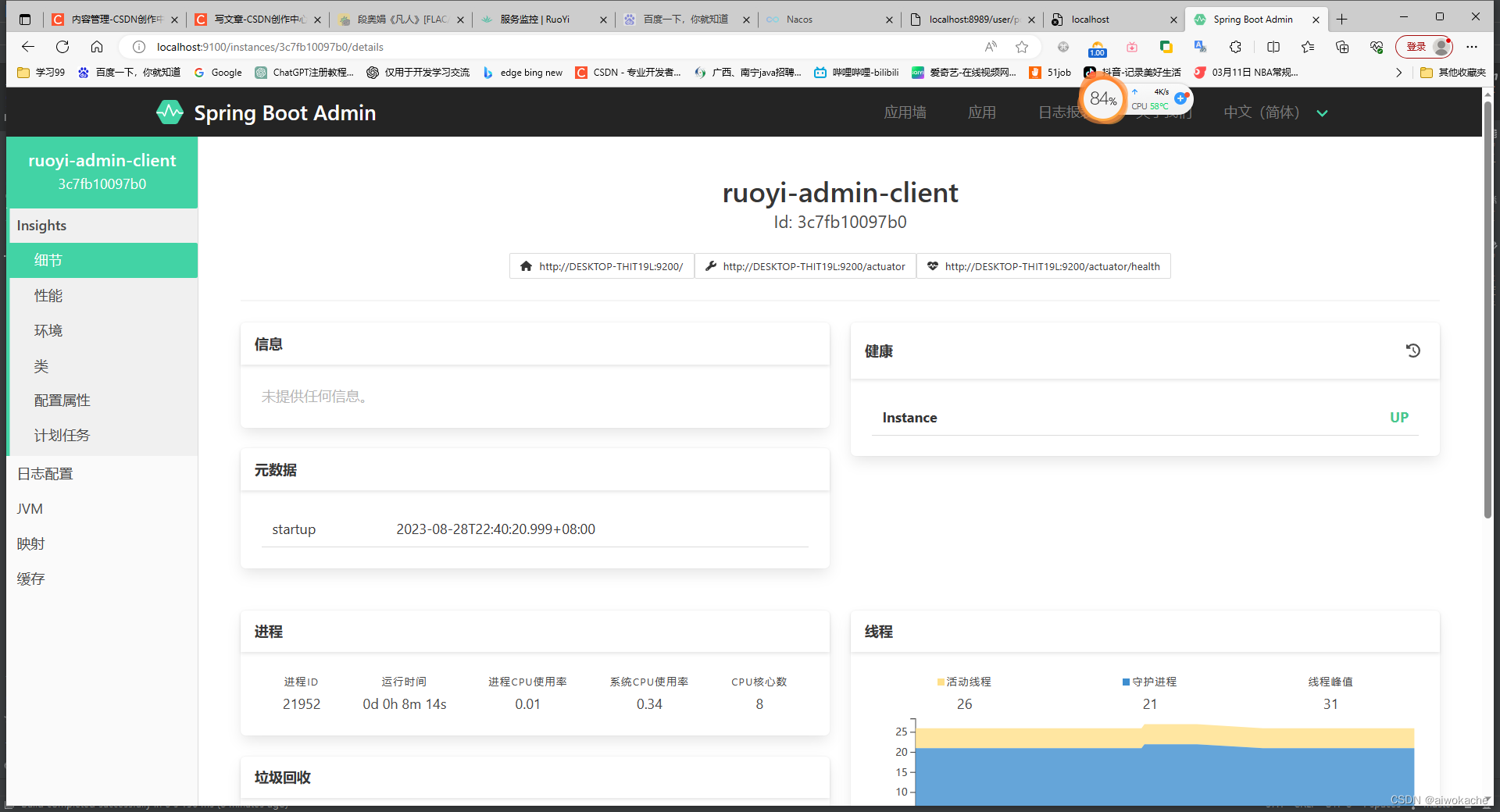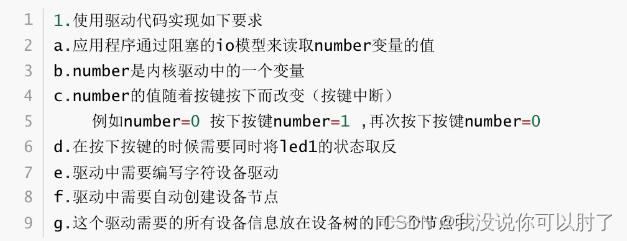
应用程序:
#include <stdio.h>
#include <stdlib.h>
#include <sys/types.h>
#include <sys/stat.h>
#include <fcntl.h>
#include <unistd.h>
#include <string.h>
#include <sys/ioctl.h>
#include "head.h"
int main(int argc, char const *argv[])
{
int a, b;
char buf[128] = {0};
int fd_led1 = open("/dev/led0", O_RDWR); //对应key1按键
if (fd_led1 < 0)
{
printf("打开LED1设备文件失败\n");
exit(-1);
}
while (1)
{
// 从终端读取
printf("请选择KEY1灯功能\n");
printf("0(关) 1(开)>");
scanf("%d", &a);
printf("请输入要控制的按键\n");
printf("1(KEY1) 2(KEY2) 3(KEY3)>");
scanf("%d", &b);
if (a == 1) // 开灯
{
switch (b)
{
case 1:
while(1)
{
//ioctl(fd_led1, LED_ON, b);
//ioctl(fd_led1, LED_ON, b);
//memset(buf,0,sizeof(buf));//清空
read(fd_led1,buf,sizeof(buf));//读取数据
printf("number:%c\n",buf[0]);
sleep(1);
}
break;
}
}
else if (a == 0) // 关灯
{
switch (b)
{
case 1:
//ioctl(fd_led1, LED_OFF, b);
//ioctl(fd_led1, LED_ON, b);
break;
case 2:
//ioctl(fd_led2, LED_OFF, b);
break;
case 3:
//ioctl(fd_led3, LED_OFF, b);
break;
}
}
}
close(fd_led1);
// close(fd_led2);
// close(fd_led3);
return 0;
}
驱动程序
#include <linux/init.h>
#include <linux/module.h>
#include<linux/fs.h>
#include<linux/device.h>
#include<linux/cdev.h>
#include<linux/slab.h>
#include<linux/io.h>
#include<linux/of.h>
#include<linux/of_gpio.h>
#include<linux/gpio.h>
#include<linux/timer.h>
#include<linux/of_irq.h>
#include<linux/interrupt.h>
#include "head.h"
struct cdev *cdev; //字符设备空间首地址
unsigned int major=500; //静态申请设备号
unsigned int minor=0;//次设备号的起始值
dev_t devno; //动态申请设备号
struct class *cls; //接收注册结构体的地址
struct device *dev; //设备号
int irqno; //中断
struct gpio_desc *gpiono; //gpio
struct device_node *dnode;
char number = 0; //定义number
char kbuf[128] = {0}; //驱动内的缓冲区
int mycdev_open(struct inode *inode, struct file *file)
{
printk("%s:%s:%d\n", __FILE__, __func__, __LINE__);
return 0;
}
// 中断处理函数
irqreturn_t myirq_handler(int irqno, void *dev_id)
{
printk("key1 interrupt\n");
//灯状态取反
gpiod_set_value(gpiono, !gpiod_get_value(gpiono));
//将number的数据发送给kbuf缓冲区
number = !number;
return IRQ_HANDLED;
}
ssize_t mycdev_read(struct file *file, char *ubuf, size_t size, loff_t *lof)
{
int ret;
if(sizeof(kbuf)<size)
size=sizeof(kbuf);
// wait_event_interruptible(wq_head,condition);//将进程切换为休眠
kbuf[0] = number;
ret=copy_to_user(ubuf,kbuf,size);
if(ret)
{
printk("copy_to_user filed\n");
return -EIO;
}
printk("%s:%s:%d\n", __FILE__, __func__, __LINE__);
return 0;
}
int mycdev_close(struct inode *inode, struct file *file)
{
printk("%s:%s:%d\n", __FILE__, __func__, __LINE__);
return 0;
}
// 定义操作方法结构体变量并赋值
struct file_operations fops = {
.open = mycdev_open,
.read = mycdev_read,
.release = mycdev_close,
};
static int __init mycdev_init(void) //寄存器地址映射和初始化
{
int ret; //ret返回错误码
int ret1;
//1.分配字符设备驱动对象空间 cdev_alloc
cdev=cdev_alloc(); //字符设备空间首地址
if(cdev==NULL)
{
printk("申请字符设备驱动对象空间失败\n");
ret=-EFAULT;
goto out1;
}
printk("字符设备驱动对象申请成功\n");
//2.初始化字符设备驱动
cdev_init(cdev,&fops);
//3.申请设备号 register_chrdev_region/alloc_chrdev_region
if(major>0)//静态申请设备号
{
ret=register_chrdev_region(MKDEV(major,minor),1,"led0"); //设备号需要是组合出来的,次设备数量,设备文件名
if(ret)
{
printk("静态指定设备号失败\n");
goto out2;
}
}
else
{
ret=alloc_chrdev_region(&devno,minor,1,"led0"); //动态申请设备号,次设备号,设备数量,文件名
if(ret)
{
printk("动态申请设备号失败\n");
goto out2;
}
major=MAJOR(devno); //根据设备号得到主设备号
minor=MINOR(devno); //根据设备号得到次设备号
}
printk("申请设备号成功\n");
//4.注册字符设备驱动对象 cdev_add()
ret=cdev_add(cdev,MKDEV(major,minor),1); //字符设备,设备号,设备数量
if(ret)
{
printk("注册字符设备驱动对象失败\n");
goto out3;
}
printk("注册字符设备驱动对象成功\n");
//5.向上提交目录
cls=class_create(THIS_MODULE,"led0"); //指向自身的指针,文件名
if(IS_ERR(cls))
{
printk("向上提交目录失败\n");
ret=-PTR_ERR(cls);
goto out4;
}
printk("向上提交目录成功\n");
//6.向上提交设备节点
dev=device_create(cls,NULL,MKDEV(major,0),NULL,"led0"); //创建设备节点
if(IS_ERR(dev))
{
printk("向上提交节点信息失败\n");
ret=-PTR_ERR(dev);
goto out5;
}
printk("向上提交设备节点信息成功\n");
//gpio子系统
// 1、解析设备树节点
dnode=of_find_node_by_name(NULL,"myleds");
if(dnode==NULL)
{
printk("解析设备树节点失败\n");
return -ENOMEM;
}
printk("解析设备树节点成功\n");
// 2、根据设备树节点解析出gpio编号并申请对应的led
gpiono=gpiod_get_from_of_node(dnode,"led1",0,GPIOD_OUT_LOW,NULL);
if(IS_ERR(gpiono))
{
printk("解析设备号失败\n");
return -PTR_ERR(gpiono);
}
printk("申请gpio编号成功\n");
// 3、开灯
gpiod_set_value(gpiono,1);
//软中断
//解析设备树节点
dnode=of_find_node_by_name(NULL,"mykeys");
if(dnode==NULL)
{
printk("解析设备树节点失败\n");
return -ENXIO;
}
printk("设备树节点解析成功\n");
// 获取软中断号
irqno = irq_of_parse_and_map(dnode, 0);
if (!irqno)
{
printk("软中断号获取失败\n");
return -ENOMEM;
}
printk("软中断号获取成功irqno=%d\n", irqno);
// 注册中断
ret1 = request_irq(irqno, myirq_handler, IRQF_TRIGGER_FALLING, "key", NULL);
if (ret1)
{
printk("注册驱动失败\n");
return ret1;
}
printk("key1中断注册成功\n");
return 0;
out5:
//销毁上面提交的设备信息
device_destroy(cls,MKDEV(major,0));
class_destroy(cls);
out4:
cdev_del(cdev);
out3:
unregister_chrdev_region(MKDEV(major,minor),1);
out2:
kfree(cdev);
out1:
return ret;
}
static void __exit mycdev_exit(void)
{
//gpio子系统
// 4、灭灯
gpiod_set_value(gpiono,0);
// 5、释放gpio编号
gpiod_put(gpiono);
// 注销中断
free_irq(irqno,NULL);
//1.销毁设备信息 device_destroy
device_destroy(cls,MKDEV(major,0));
//2.销毁目录 class_destroy
class_destroy(cls);
//3.注销对象 cdev_del()
cdev_del(cdev);
//4.释放设备号 unregister_chrdev_region()
unregister_chrdev_region(MKDEV(major,minor),1);
//5.释放对象空间 kfree()
kfree(cdev);
// 字符设备驱动的注销
unregister_chrdev(major, "led0");
}
module_init(mycdev_init);
module_exit(mycdev_exit);
MODULE_LICENSE("GPL");
头文件
#ifndef __HEAD_H__
#define __HEAD_H__
typedef struct{
unsigned int MODER;
unsigned int OTYPER;
unsigned int OSPEEDR;
unsigned int PUPDR;
unsigned int IDR;
unsigned int ODR;
}gpio_t;
#define PHY_LED1_ADDR 0X50006000
#define PHY_LED2_ADDR 0X50007000
#define PHY_LED3_ADDR 0X50006000
#define PHY_RCC_ADDR 0X50000A28
#define LED_ON _IOW('l',1,int) //开灯
#define LED_OFF _IOW('l',0,int)//关灯
#endif
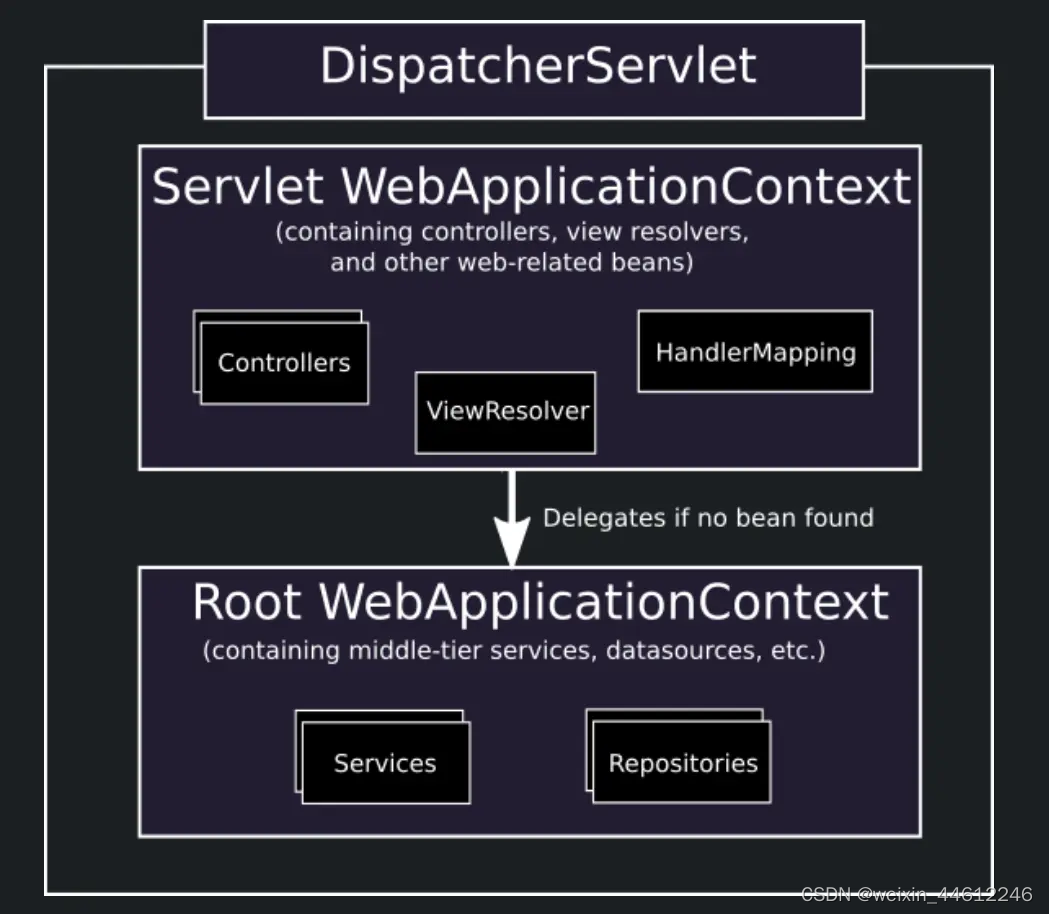
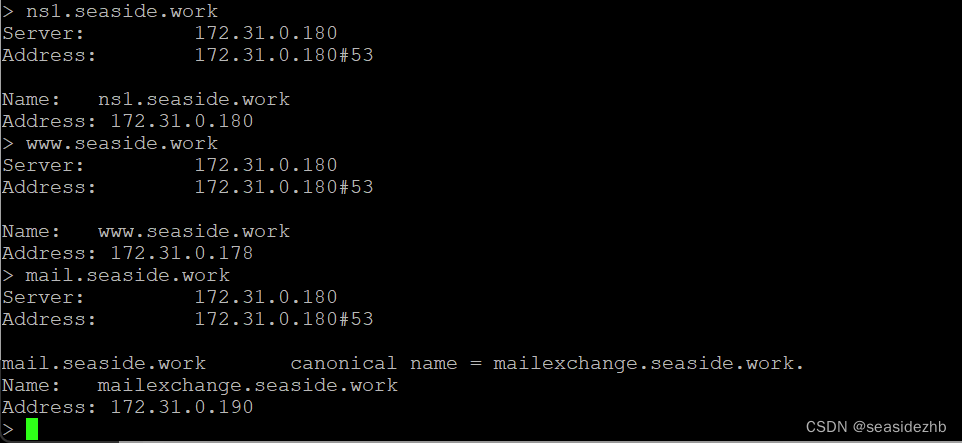


![[管理与领导-56]:IT基层管理者 - 扩展技能 - 1 - 时间管理 -3- 帮助下属提升效能(辅导与激励)](https://img-blog.csdnimg.cn/a8525eb7638f4bd68df6a15024fd4949.png)


